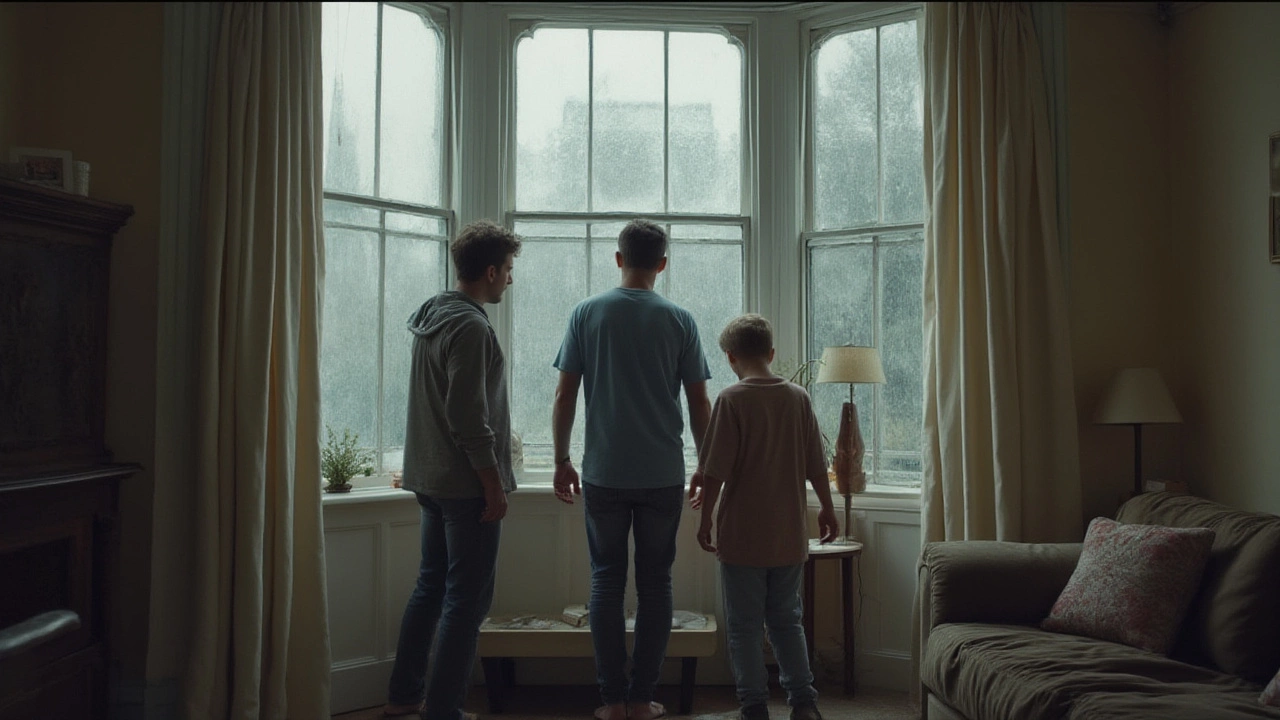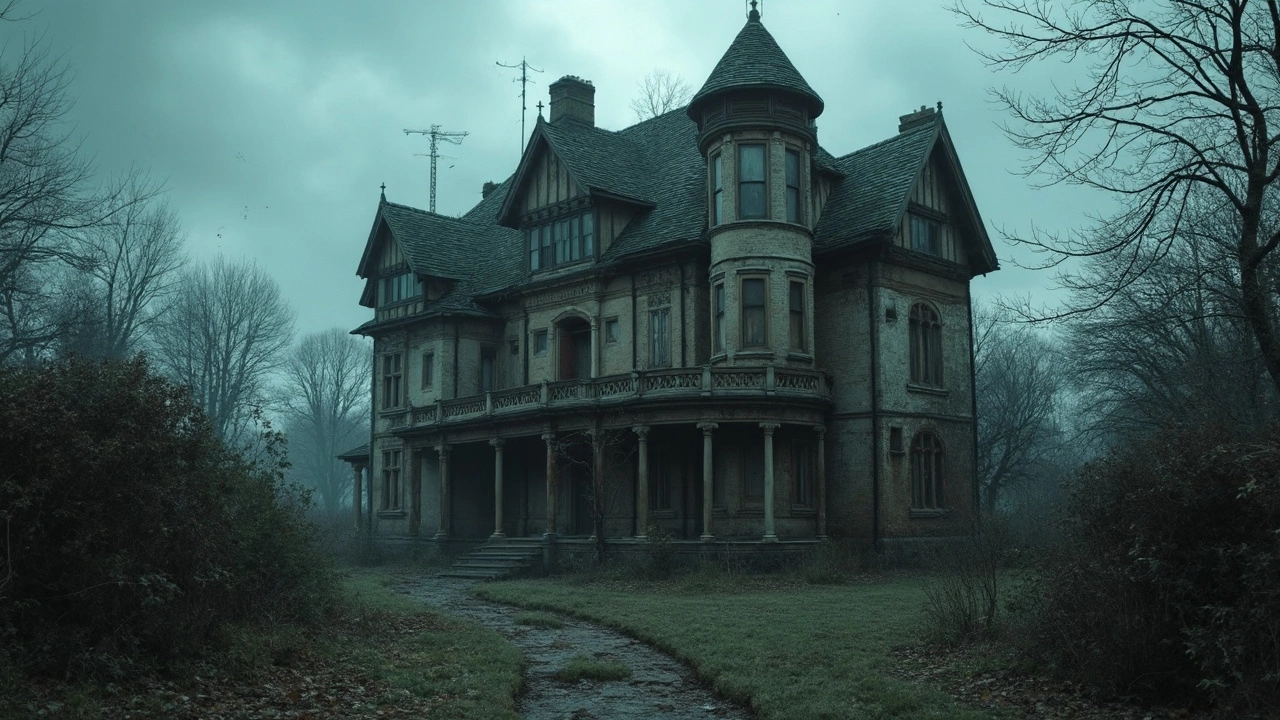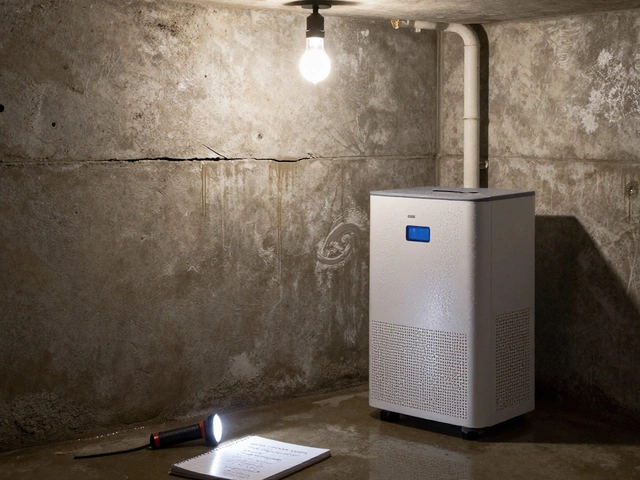Home Safety: What Every Homeowner Should Know
Keeping your house safe isn’t a one‑time thing – it’s a habit. From the moment you step inside, tiny problems can turn into big headaches if you ignore them. The good news? Most safety issues are easy to spot and fix before they cost you time, money, or worse.
Spotting Common Hazards
Start with the basics. Look at your foundation walls for cracks that are wider than a hairline. Those cracks often let water in, which can weaken the structure over years. If you notice doors or windows sticking, it might be a sign the house is shifting.
The roof is another flashpoint. Missing shingles, rusted flashing, or sagging sections are warning lights. A leaky roof not only damages the ceiling but also creates a perfect environment for mold, especially in new builds where the walls are still drying.
Inside, pay attention to moisture. Musty smells, peeling paint, or water stains on basement walls usually mean a drainage or ventilation issue. Mold loves damp spots, and breathing it in can affect health.
Finally, check the safety gear around the house. Fire extinguishers should be labeled, not expired, and smoke detectors need fresh batteries every year. Simple checks can save lives.
Practical Steps to Keep Your Home Safe
First, improve drainage. Make sure the ground slopes away from the foundation by at least a 5% grade. Clean gutters regularly so rainwater doesn’t pool near the walls.
If you find a small foundation crack, epoxy injection can seal it for most residential situations. Bigger moves, like a shifting slab, usually need a professional structural engineer – they’ll tell you if a repair or a full replacement makes sense.
For roofing, replace damaged shingles promptly and consider a breathable underlayment. It helps water escape while still protecting the roof deck. When you’re planning a remodel, a dry‑fit kitchen or bathroom can expose hidden issues before the final install – a quick walkthrough saves costly re‑work.
When you’re not comfortable doing DIY fixes, call a qualified contractor. A good pro will give a clear estimate, explain why a repair is needed, and show you the steps before starting. This avoids surprise costs and ensures the job meets safety codes.
Lastly, set up a seasonal safety checklist. In spring, clear debris from gutters; in summer, check the HVAC for proper airflow; in autumn, test smoke detectors; in winter, inspect pipe insulation. Small actions each season keep big problems at bay.
Staying on top of these simple tasks makes your home a safer place for you and your family. Need more detailed guides? Our articles on foundation repair, roof budgeting, and mold prevention dig deeper into each topic, giving you the confidence to tackle any safety challenge.
Cracked Foundation: Should You Stay or Move? Real Talk on Living with Foundation Issues

Is it safe living in a house with a cracked foundation? Discover expert tips, safety risks, and repair options to protect your home and wallet.
read moreCan a House Collapse from Foundation Issues? Here's What You Need to Know

Foundation issues can be the hidden danger lurking beneath your home. While not all cracks mean doom, ignoring warning signs can lead to serious structural problems. This guide dives into the risks of foundation trouble, signs to look out for, and when it might spell disaster for your home. Discover practical tips and steps to prevent a catastrophic collapse.
read more



